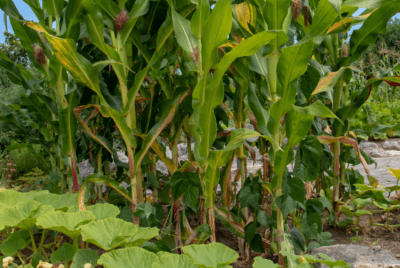RESEARCH
Six-Step Model of Nature-Based Therapy Process
Summary
This study addresses the critical need for a clear theoretical model to explain the process by which the natural environment facilitates healing. While acknowledging previous studies have confirmed nature’s psychophysiological healing effects and existing theories like Ulrich’s psycho-evolution theory and Kaplan & Kaplan’s attention restoration theory provide foundational understanding, the research highlights that few studies have investigated the process involved and no theoretical model for nature-based therapy has been clearly established. The aim was therefore to develop such a theoretical model by analyzing individual empirical data, contributing to the recognition and development of nature-based therapy for public health.
The study employed a qualitative research methodology based on grounded theory to develop the theoretical model from empirical data. The data source consisted of 180 self-reported essays on “Forest Therapy Experiences” submitted to the Korea Forest Service between 2014 and 2015, which described personal recovery experiences in nature. These essays, which had personal information removed, detailed participants’ feelings, experiences, symptoms, changes, and the healing process. Data were analyzed through open coding in four stages to derive overall feelings, code sentences related to recovery, group similar themes into concepts, and finally derive concepts, subcategories (21), and six categories (82 concepts total). The core result of this analysis was the derivation of a comprehensive six-step model of the nature-based therapy process, consisting of Stimulation, Acceptance, Purification, Insight, Recharging, and Change, which was found to proceed through emotional, cognitive, and behavioral changes.







